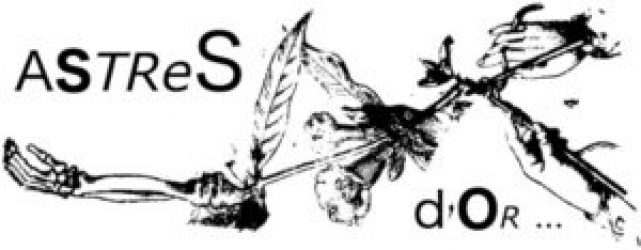The vinyl-records published on Astres d’Or are each individually handcut in Astres d’Or’s own studio.
The vinyl-records are of the highest quality and cut with the greatest care. Hand-cut LP’s from Astres d’Or are hi-fi cuts made on modern stereo lathe equipment. This guarantees the best possible transfer from original to vinyl.

